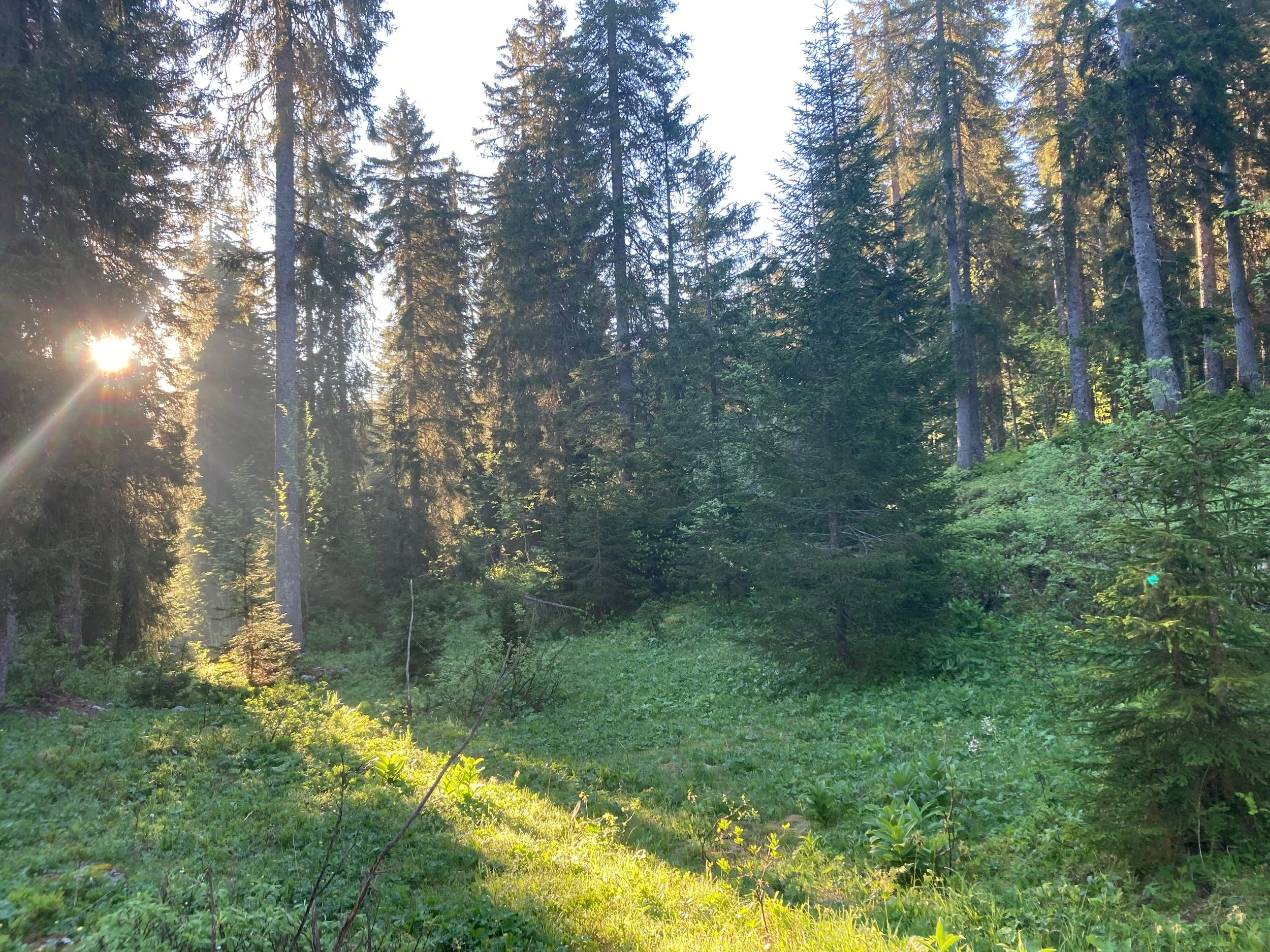BLACK OR GREEN? A woody conundrum…..
Early spring is a time for woodpeckers. They seem to be amongst the earliest in my area to start territorial activities after the silence of winter. In particular the drumming of Great Spotted Woodpeckers echoes around forests, woodlands, parks and gardens. The cold dry air carrying their message a long way as they drum it out on the best resonating dead branches.
Drumming is perhaps the most familiar of woodpecker communications, but most species also use vocal communications which may be less well known. Several people recently have asked me how to distinguish between the advertising calls of Green Woodpecker and Black Woodpecker.This is something I still occasionally struggle with myself and I did not have a ready answer to the question. I just seem to “know it” when I am out in the forest, so I decided it was time to sit down and analyse these two calls properly.
I assumed it would be rather straightforward to tell them apart but, in making the initial analysis, I seemed to find more similarities than I was expecting. The pitch of the two is quite similar, likewise the rate of calling, and both have the irritating habit of mostly calling intermittently, perhaps waiting for a response or working out which tree to call from next.
To get started on learning more, here are three calls of a Black Woodpecker:
Three calls of Black Woodpecker extracted from a longer sequence so the time between each call is shortened
……and here are four calls of a Green Woodpecker, again extracted from a longer series so the time between each set of calls is shortened:
Green Woodpecker four calls
So, what can we say about differences in these two? They are both around 2kHz in frequency, so the pitch of the call is no use. But the Black has 2-3 introductory notes delivered at a lower pitch (about 1.6-1.8 kHz) rising to around 2 kHz and holding pretty steady after that. These introductory notes are also delivered more slowly, sliding up the scale in a rather mournful manner, as though the bird is slowly winding itself up. Whereas the Green launches straight into its call very vigorously, a burst of sound at around 2.1kHz and then the phrase declines in pitch to about 1.6 kHz, often slowing slightly towards the end of each phrase. Let’s look at them side by side on the same scale where these differences are more obvious:
Black Woodpecker (first two calls) compared to Green Woodpecker (second two calls)
To my ears, the Black Woodpecker call is a more structured, paced call, slightly mournful in timbre. Whereas the Green sounds wilder, more hysterical, freer in expression. These are very subjective assessments of course, and may sound different to your ears. Less subjective are the measurements I did on calls in my archive, the Black call phrases last about 3.4 secs and are about 70% longer than the Green which delivers most phrases in 2.0secs. This 1.4 sec difference is small but noticeable in the field once you get your ear attuned.
To be of value bird calls must help to identify individuals - friend or foe? My mate or a stranger? Our ears usually cannot pick up these tiny individual differences. But in my analysis I found variations in pitch, length, and the space between individual sounds within one phrase. These differences may well be important in individual identity - just as we can identify the sound of a friend’s voice on the phone. Such details have been documented for the Green Woodpecker by Turner, Gorman and Alder (2022).




